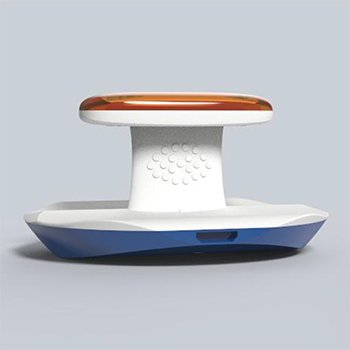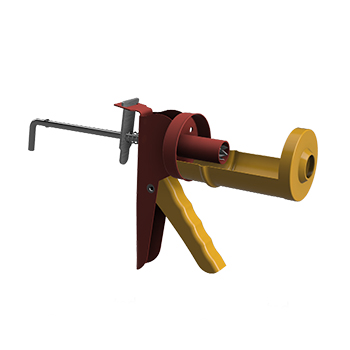Intravenous injections have been used in the medical industry for various drug deliveries. Locations for conducting venipuncture are hospitals, pathology labs, dispensaries, etc. A key issue in this procedure lies in finding a suitable spot for injection. Many individuals face difficulties as their vein is not visible or close enough to the surface for a successful venipuncture. A vein detection device was made by Trivikram Annamalai, an IDC ex-student, in 2014. This project takes the technical learnings from the development of the vein detector and targets a specific user segment—kids—owing to their special requirements and constraints.
Kids, owing to their soft epidermal tissues and thin bones, allow for red light (in the near infrared region) to pass through their palms and make the venal structure visible on the back of the hand. This aspect, along with ethnographic observations from the hospital about the way paediatric patients are handled for a venipuncture, led to the development of a doctor- and patient-friendly form. The final design includes the following:
- Form fits the hand of children in the age group 2-10 years. - Comfortable for the doctor to hold. - Provides illumination on the back of the hand for effective venipuncture. - No parting lines come in contact with the patient’s skin, keeping it averse to catching germs.




